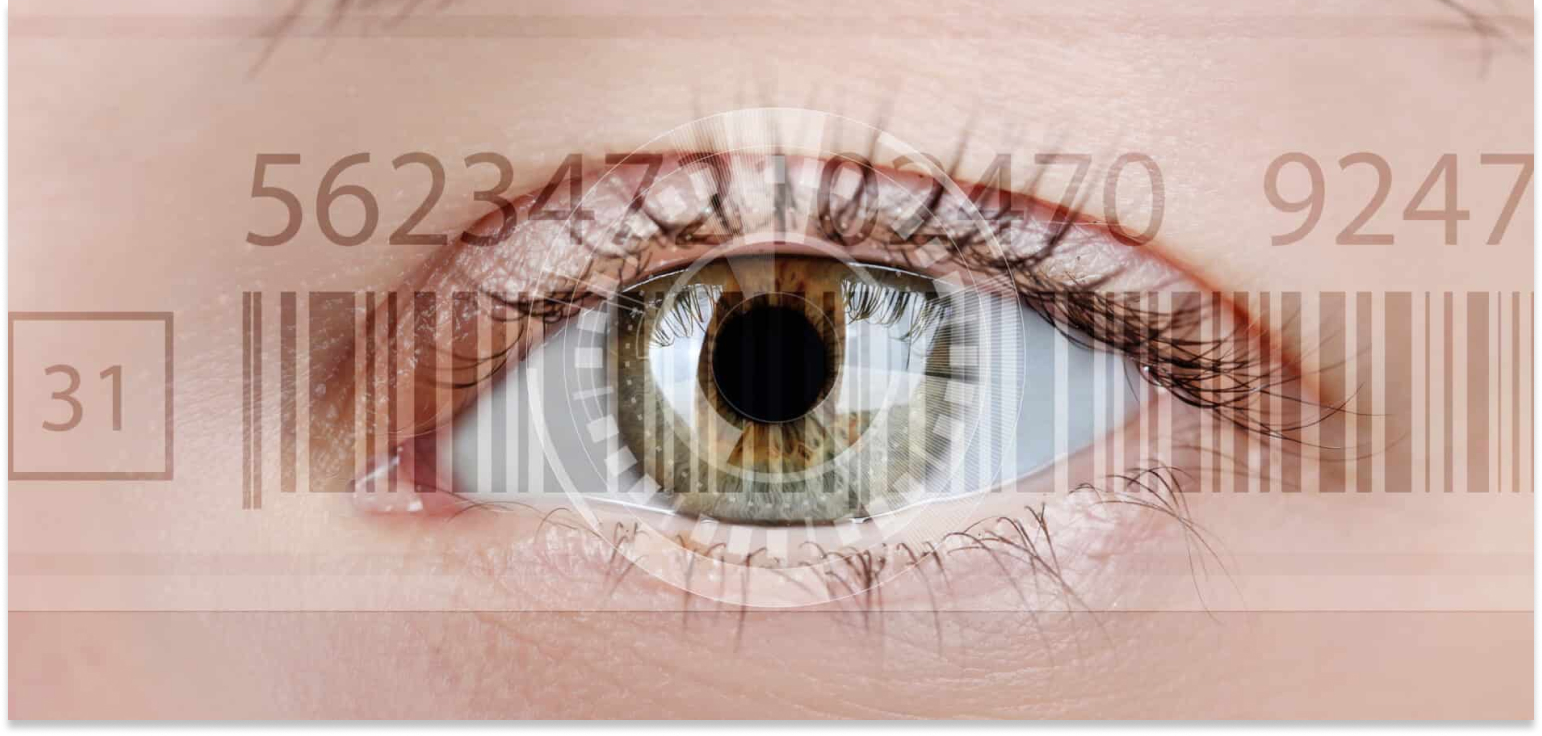What is a barcode symbology?
Understanding barcode symbology
Barcode symbology is essentially the language of a barcode. A symbology is a specific set of rules that dictate how information is represented visually – how bars, squares, dots, and the space in between is arranged so that barcode scanners can read them. Because barcode technology turns complex data into a visual format that machines can read with a simple scan, it has become indispensable in various sectors for purposes such as tracking, identification, and inventory management.

Key types of barcode symbologies
Barcode symbologies are each designed for specific uses and data capacities. However, they can be divided into two main categories: 1D barcodes and 2D barcodes.
1D barcodes: Characterized by parallel lines of varying widths, they’re best for encoding limited data, typically up to 25 characters. They are ideal for retail, inventory, and basic identification tasks. Popular 1D symbologies include UPC for retail products and Code 39, which is used in a variety of industries.
2D barcodes: These use patterns of squares or dots to encode information. They can hold significantly more data, including longer text strings, URLs, and even structured data. QR Codes and Data Matrix are common 2D types. Due to their large storage capacity and versatility, they can be used for complex inventory systems. QR Codes are also common in marketing.
The choice between 1D and 2D barcodes depends on your data needs, the space available, and the scanning technology you use.
Benefits and challenges of a barcode symbology
Adopting barcode symbologies in business operations offers several benefits, though there are also some challenges to overcome.
Benefits
Efficiency and speed: Barcodes streamline data capture and processing, speeding up transactions and logistics.
Accuracy: By reducing manual data entry, barcodes significantly lower the risk of errors, ensuring more reliable data handling.
Backend connection: Barcodes are particularly useful for inventory management because they enable real-time tracking of products, aiding in efficient inventory control and reducing overhead costs.
Challenges
Design and implementation: Creating barcodes that are correctly sized, properly placed, and have the right resolution requires careful planning and design.
Equipment compatibility: You have to make sure that your barcodes can be read by your specific scanners and systems. This demands attention to the technical specifications of both the barcodes and the scanning hard- and software.
Symbology selection: With the variety of barcode symbologies available, choosing the one that best fits your needs involves understanding the advantages and limitations of each type. Picking the right symbology is essential for leveraging barcode technology effectively, enhancing operational efficiency while minimizing potential issues.
What is the best barcode symbology?
The best barcode symbology varies by application: UPC is well-suited for retail, QR Codes for data-rich applications. Choose based on data type, volume, and use environment.
What does a barcode signify?
A barcode encodes information in a machine-readable format, representing data like product details, prices, or URLs as patterns of lines or squares.
What is the UPC barcode symbology?
The UPC symbology is a widely used retail barcode for product identification, including scanning at checkouts. It stores a 12-digit code using parallel lines.


